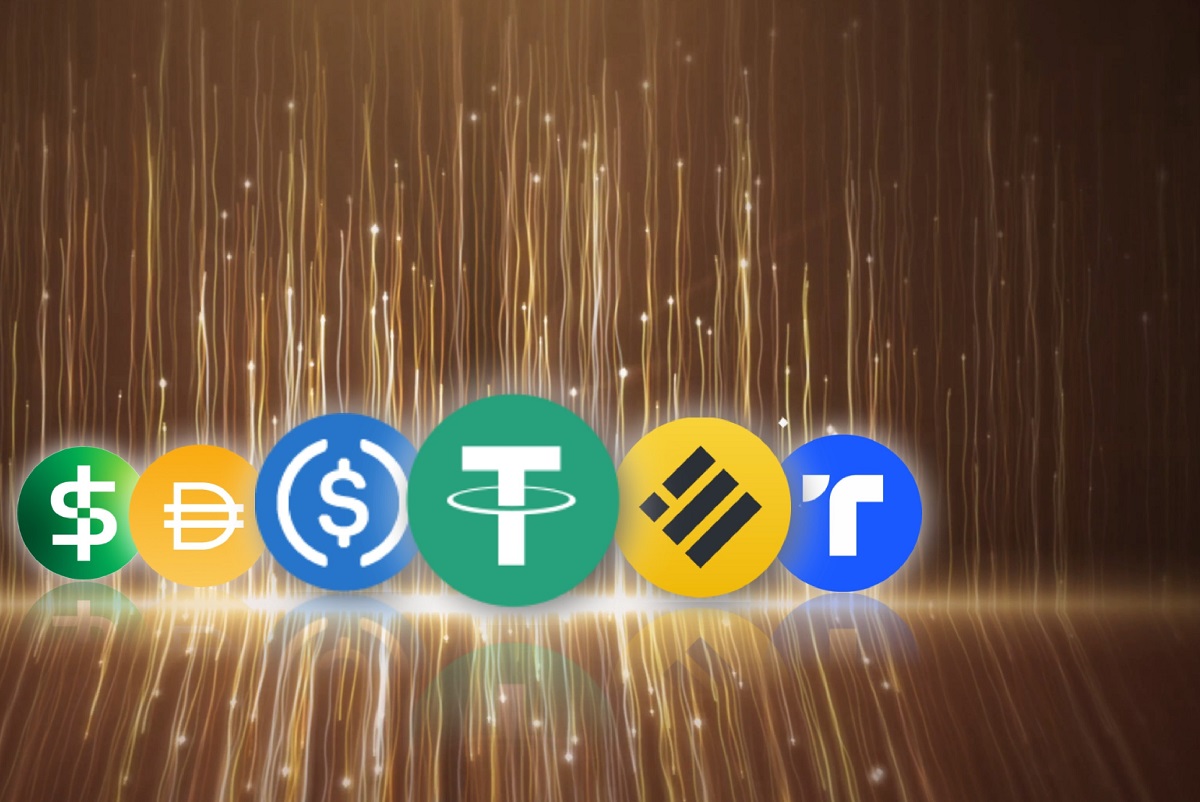Take it or leave it, stablecoins have been at the center of things the 2014 of the BitUSD token. Everything may revolve around their implementation in the next few years, including the often controversial regulatory discourse that has kept everyone busy in the past few months.
Then again, we have the ongoing”CBDC vs. Stablecoin” issue, which could be the next pivot of the cryptospace.
We had several sit-downs with industry giants who gave us their insights on the issue.
Here’s what they had to say.
Sam MacPherson, CEO and Co-Founder at Phoenix Labs
“Stablecoins are already one of the killer apps for blockchains. I expect that as integrations improve, stablecoins will become a common mechanism for payments in everyday life. Stablecoins allow you to do more with your money, which is why they’ve grown so fast.”
Cuautemoc Weber, CEO and Co-founder of Gateway.fm
“As a foundational layer of the digital asset ecosystem, stablecoins provide stability and mitigate the risk of price volatility during periods of market flux. At their core, stablecoins are geared towards enhancing financial inclusion, streamlining cross-border transactions and improving transparency and security in the digital economy.
Earlier this year, PayPal launched their own dollar-backed stablecoin, underscoring the value of this asset class in terms of promoting greater levels of financial inclusion, more efficient cross-border transactions, and increased transparency and security. In 2024, the stablecoin space looks set to continue on a solid growth trajectory, with cross-chain interoperability and innovative use cases likely to expand the role of stablecoins beyond traditional payments. I believe that one of the biggest unsung heroes of the last crypto cycle has been the birth of stablecoins which have allowed easier management of transactions within the crypto ecosystem enhancing the operational efficiency of many projects, while supporting non-crypto native projects to engage in the Web3 arena by structuring a more financial sound approach to transacting within the space.”
Rami Alsridi, Founder and Managing Director at Mining Grid
“Stablecoins are a digital representation of fiat currency issued by centralized firms (issuers) to gain some of the characteristics of cryptocurrencies, such as fast movement and low transaction cost in blockchain networks. And it is widely adopted and used globally.
There are couple of well-known issuers like Tether, Circle, True USD, and Dai.
Since the issuers use mint and burn mechanisms to match the Fiat reserve in banks with total Supply on a blockchain network, risks appear, such as accessibility to the reserves, and mismatch of balances which directly impact the value and the sustainability of Stablecoins. Audit and reliable real-time reports for bank reserves, unlike the blockchains, which exist to improve transparency.
Stablecoins are a very useful and powerful digital payment solution for the masses. Daily volume to total supply Ratio reaches 50-60% daily, while other fully decentralized assets like Bitcoin with a much higher Market capitalization ratio is 4-5%. As said, users are saving millions in transaction fees and having full control to instantly transfer funds. Until we have similar features that people need for their financial system, the adoption will increase day after day despite the associated risks
The stablecoin industry is getting more mature and working closer with regulators and banks to provide more powerful proof of transparency, security, and stability. We have seen issuers start using collateral of multiple stable digital assets to reduce the (supply-reserve) matching risk. Additional governance layers could be produced as joint collaboration between technology innovators on blockchains along with trusted Audi and financial reserve controllers to improve transparency and secure the reserve first, then match it with a blockchain supply of stable currencies.
Usability data conclusively demonstrates the user demand for stablecoins as reliable, low-volatility payment solutions for digital transactions on the blockchain. Users must acknowledge and assume certain risks associated with holding stablecoins as long-term investments until issuers address all challenges related to fiat fund reserves.”
Lou Kerner, Co-Founder, at CryptoOracle
“Stablecoins should have a banner year in 2024, driven by three major trends. The first is the launch of 10+ new Central Bank Digital Currencies (“CBDCs”) from countries including Brazil, India, and Mexico. The second major trend is interest-bearing stablecoins. Given the rise of short-term interest rates from close to 0% to over 5% is a major reason that the amount of USDC in circulation has fallen more than 50% since June 2022 to ~$25B. The third major trend is a return to growth in the total market for stablecoins as investors put their money on crypto rails as the next bull run kicks in. Tether, the leading stablecoin, is already leading the way, notching new all-time high circulation levels most days over the last two months. The major countervailing trend is even more draconian regulations by the U.S. and other countries (e.g. Warren’s horrific Digital Assets Anti-Money Laundering bill).”
Zachary Friedman, Chief Strategy Officer at Secure Digital Markets
“Increased Regulatory Scrutiny and Compliance: Stablecoins are likely to face enhanced regulatory scrutiny in the future. As they become more integrated into the broader financial system, regulators worldwide will focus on ensuring these digital assets comply with existing financial regulations. Zachary Friedman comments, “The evolving regulatory landscape will demand greater transparency and adherence to financial standards from stablecoins, which in turn will fortify their credibility and utility in the global market.
Integration with Traditional Financial Systems: The integration of stablecoins with traditional financial systems is expected to deepen. This could manifest in forms such as use in cross-border transactions, remittances, and as a digital cash alternative. Such integration will likely lead to collaborations between financial institutions and stablecoin issuers, bringing forth new financial products and services.
Technological Innovations and Security Enhancements: Ongoing technological advancements will heavily influence the future of stablecoins. Improvements in blockchain technology, smart contracts, and security protocols are pivotal for the stability, scalability, and security of stablecoins. “We’re on the cusp of seeing major technological leaps in stablecoins, which will address many of the current concerns regarding their stability and scalability,” says Friedman.
Diverse Range of Stablecoin Models: The market is likely to witness a proliferation of stablecoin models, each catering to different needs and use cases. This diversification will offer users a wider range of choices and could lead to more innovative use cases for stablecoins.
Impact of Global Economic Conditions: Global economic conditions will also influence the evolution of stablecoins. In volatile economic times, stablecoins might see increased usage as a hedge against currency fluctuations and economic uncertainty.”
Henry Robinson, Founder, at Decimal Digital Currency
“Stablecoins are a successful proof of concept for broader tokenization, the idea being that you can always redeem the underlying asset on a 1:1 basis (thus stable).
We have auditable versions of this onchain, like wrapped BTC, an Ethereum-based Bitcoin stablecoin. USD-backed stablecoins are not so transparent, and they need to be for mass adoption.
Someday we will have ‘stables’ for many fungible assets like a particular weight and quality of metal, foods, medicine, chemicals, and other commodities. The key is being able to trust that the asset will always be redeemable, even if everyone redeems at once. A system like this would help democratize markets and increase access for all.”














